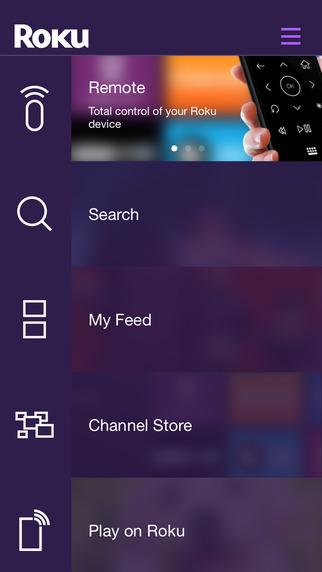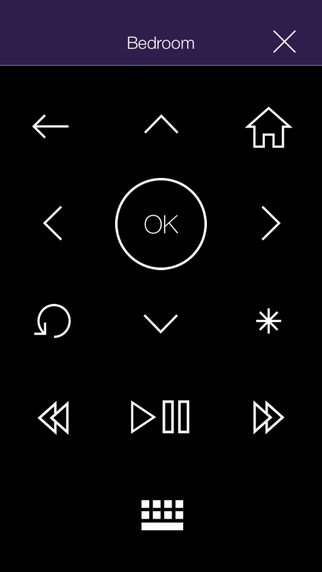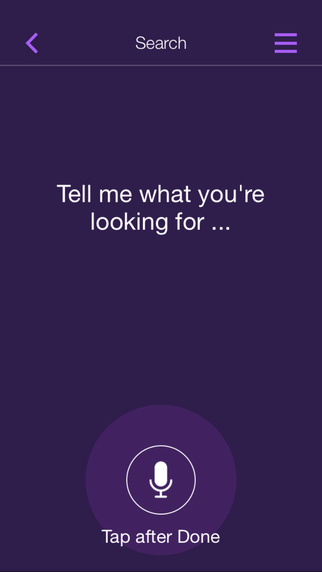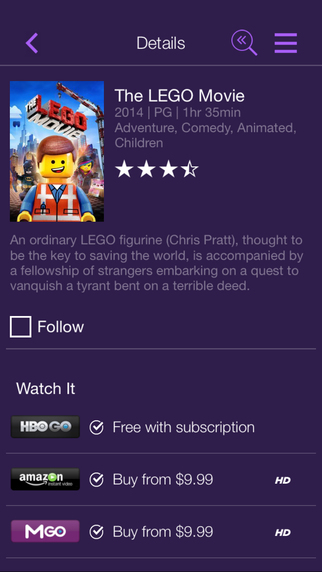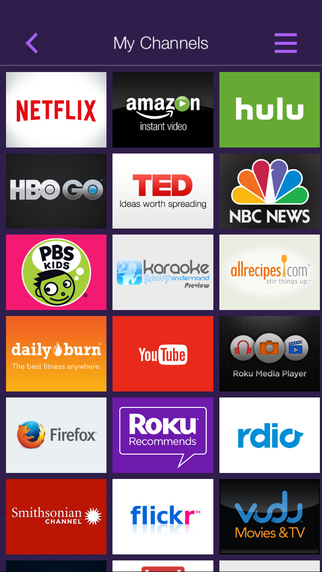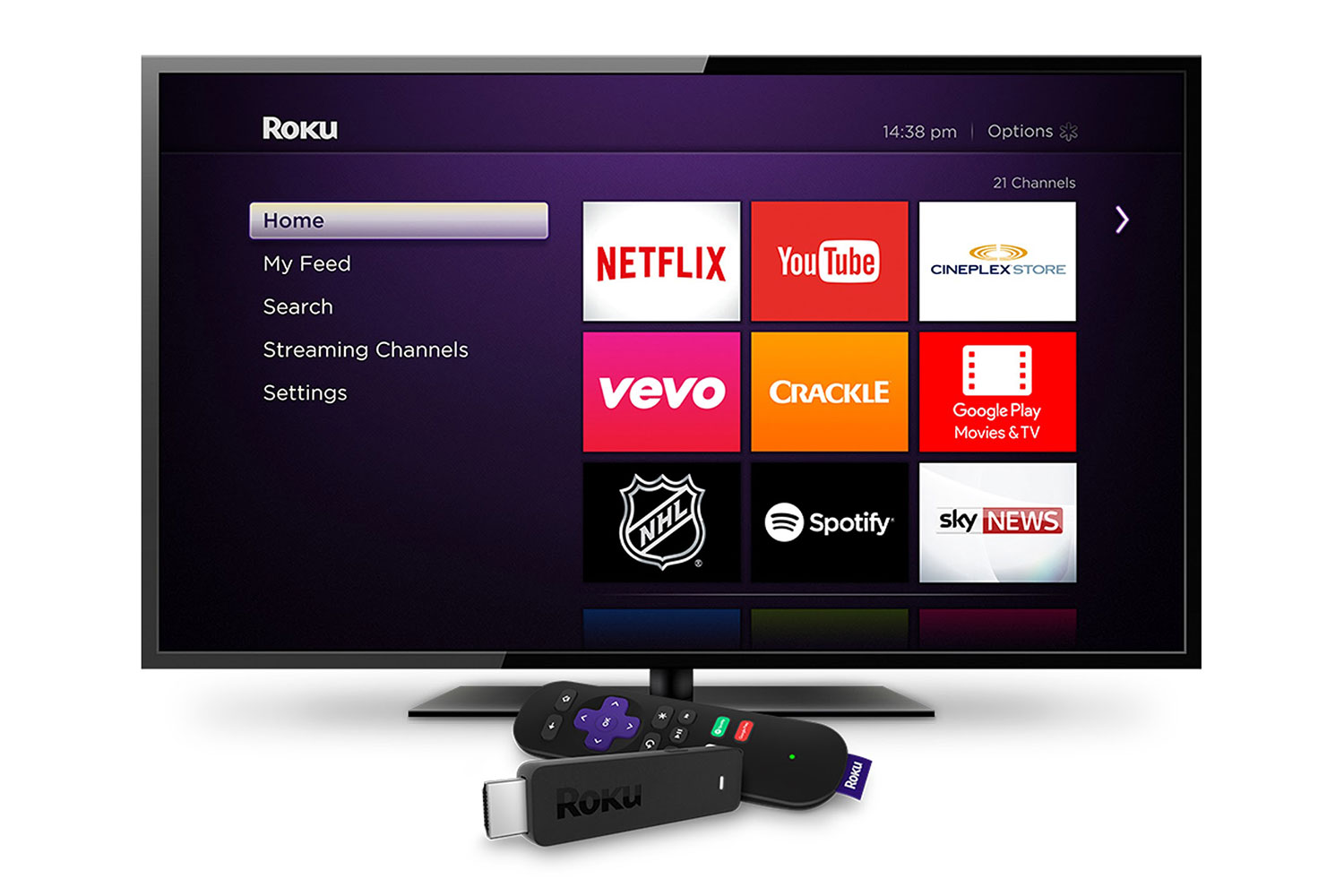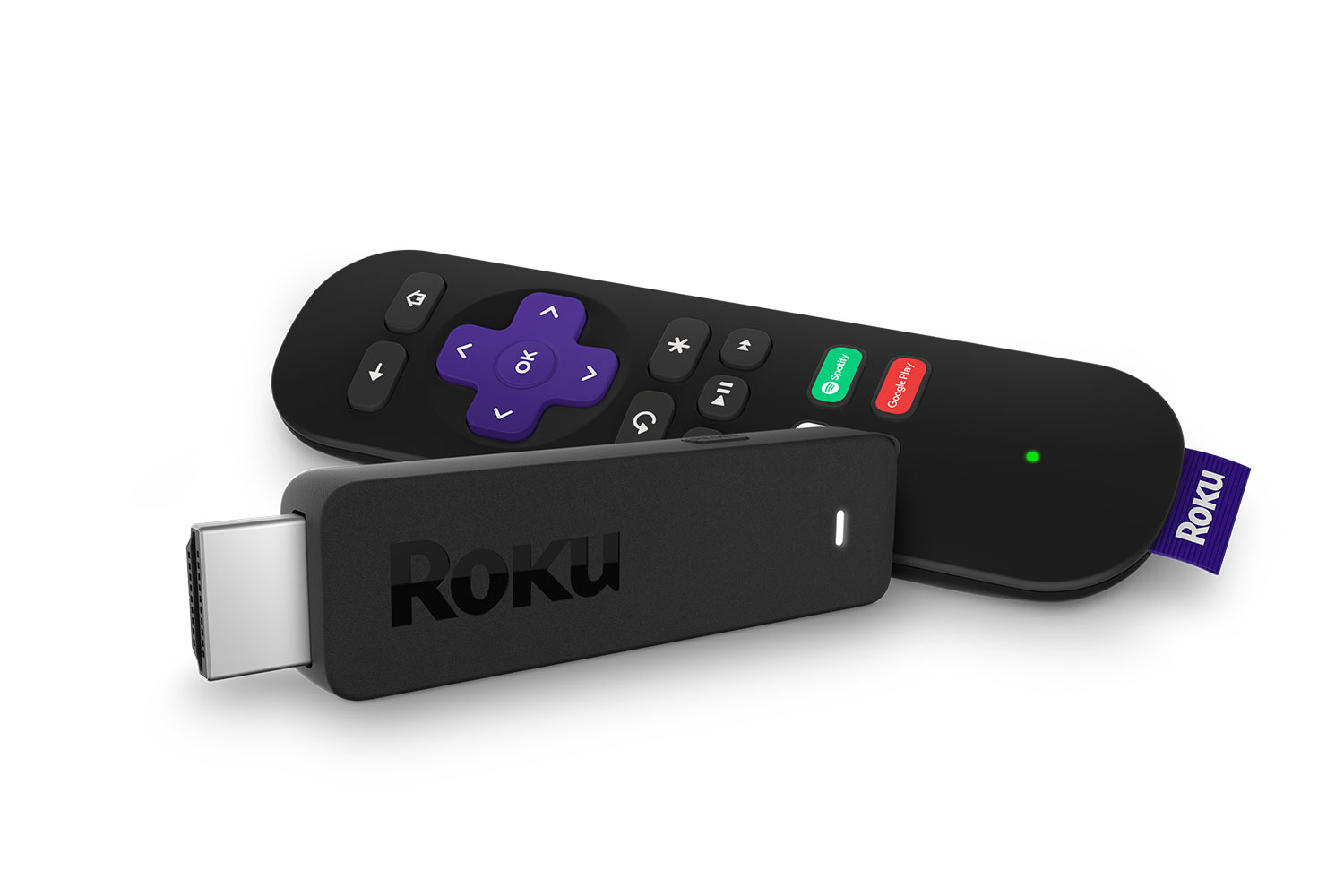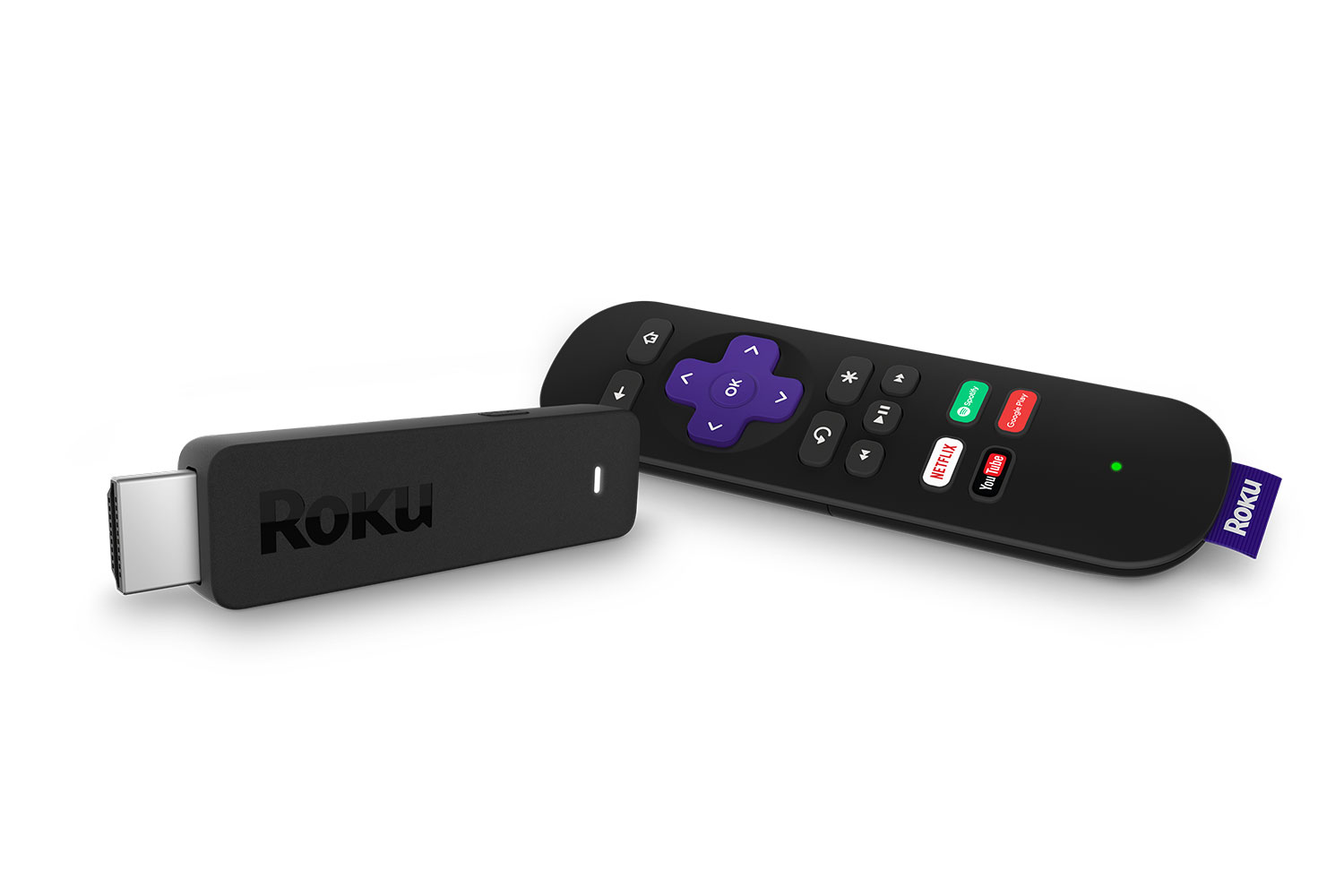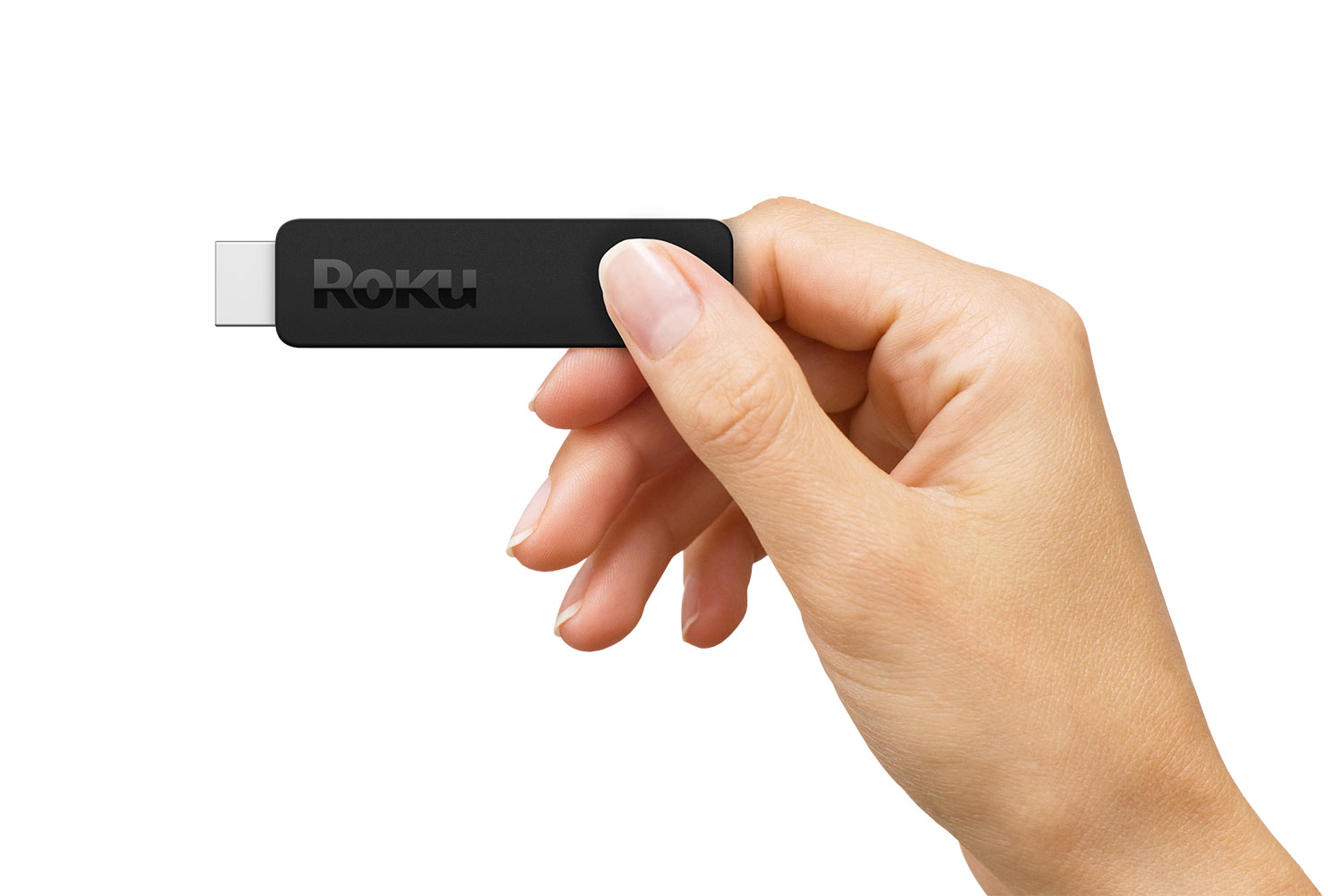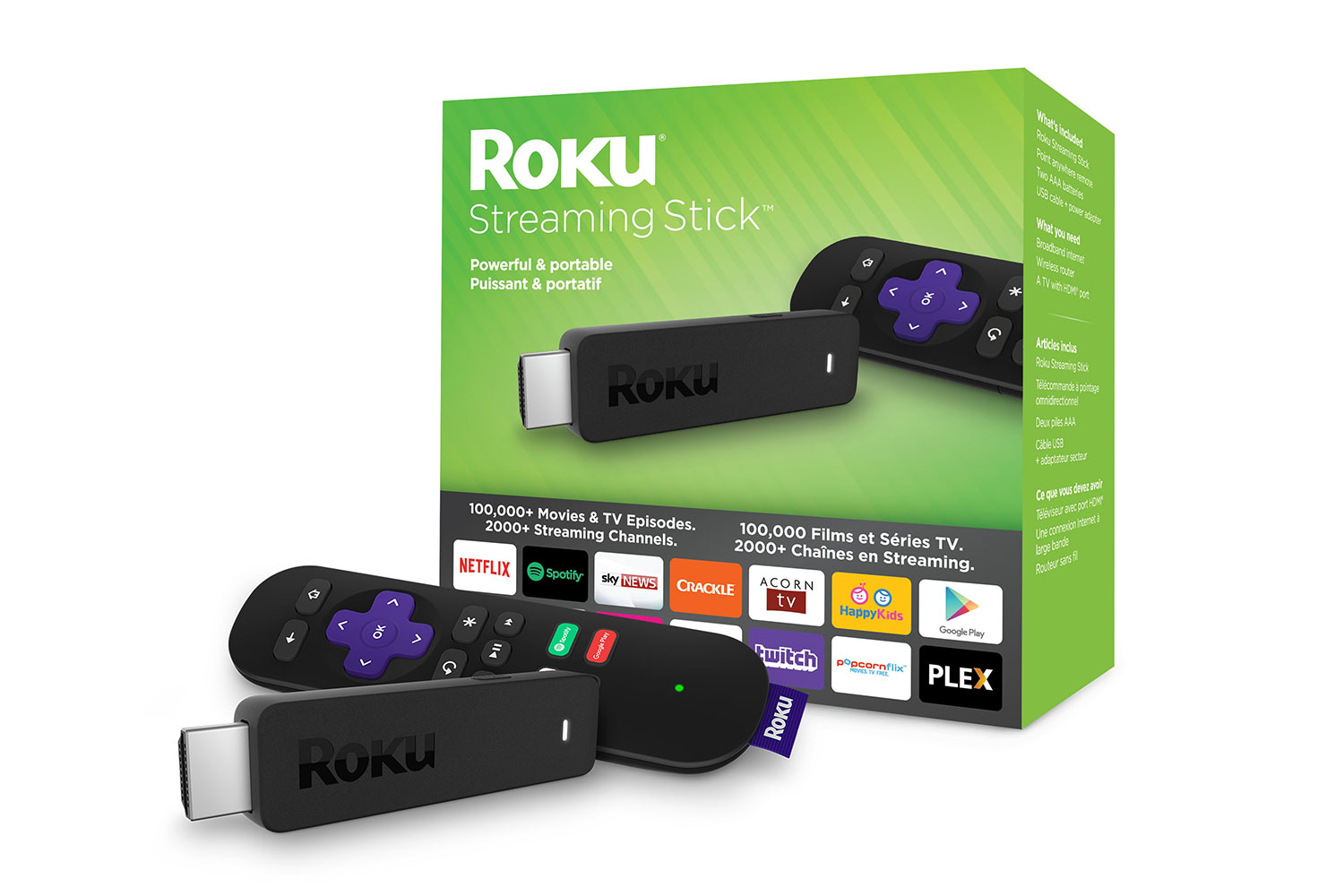Today, Roku launched a refreshed version of its entry-level product, the Streaming Stick. It retains its previous price point of $49, but shows all the signs of an athlete placed on a strict training regimen: It’s now more powerful, yet both the Stick and its dedicated Wi-Fi remote control are smaller and thinner.
The Streaming Stick has cast off its Roku-purple skin, adopting a stealthy matte black finish exterior, and is just a bit smaller than its predecessor. Inside, the new Stick has a much faster quad-core chipset, which Roku claims gives it 10 times the performance of the previous model. Though that seems a bit high, responsiveness when clicking through the on-screen menu items and launching channels has definitely improved and now feels on par with the Roku 3. Meanwhile, the remote has traded its gloss-black piano finish and slippery buttons for a matching matte black shell and rubberized buttons, both of which improve the remote’s overall feel in the hand. It’s a good bit thinner too, now powered by a set of AAA batteries instead of bulky AA cells.
But perhaps the biggest news here isn’t the new Stick or the remote themselves, but a new feature on Roku’s free app (available for iOS, Android and Windows). With the launch of the new device, Streaming Stick owners will now be able to listen to their program’s audio wirelessly using their smartphone or tablet. A feature previously available only via the Wi-Fi remotes included with the Roku 3 and 4, new Stick owners need only fire up the Roku app, plug in their choice of headphones, and the Stick will respond by cutting off volume to the TV and pipe it through a smartphone or tablet. Unplugging headphones causes the audio to resume playing on the TV automatically.
Remote listening is a killer app for anyone who wants to watch TV without disturbing their partner.
Remote listening is a killer app for anyone who shares a bedroom and wants to watch TV without disturbing their partner. Paired with Roku’s hotel/dorm room mode, this is also good news for anyone who simply wants better audio than their TV is capable of. Adding this ability without increasing hardware costs was a clever move on Roku’s part.
For existing users of the Roku app, the obvious response to this feature is, “Cool! Can my Roku do that now, too?” Sadly, no. Though Klarke wouldn’t offer up any technical reasons why the remote listening feature couldn’t work with other Roku devices, for now at least, it’s strictly for new Stick users.
On the software side of things, the Roku OS gets a minor tweak this week, adding the ability to customize the Roku Feed feature on a more granular level. Before, you could add current theatrical movies to your watchlist and get alerts when they became available on channels you can access, or if they dropped in price. Now, you can add upcoming TV shows to the mix, something binge watchers will appreciate. Lastly, Roku will start curating an ongoing “popular” list that will present users with the option of watching or following content from a growing set of channels that is seeing strong engagement by other users (but limited to your geographic region). The watchlist feature is a great example of having technology work for you in the background, versus having to constantly pester Siri (“show me Homeland season five”).
The number of available channels on the Roku platform now sits at just over 2,000 in the U.S. and 1,700 in Canada, though it should be noted that US residents get access to a much larger swathe of cable-authenticated apps than do residents of Canada.
While Apple is looking to own the future of TV via its App Store and Siri, and companies like Vizio and Sony are partnering with Google to change the very nature of how TV is navigated (and therefore watched), Roku is sticking to its formula of providing an on-screen OS that anyone can figure out, combined with a remote that is equally friendly to use. Though premium buyers still tend to gravitate toward Apple’s solution, Roku’s Streaming Stick is a perfect recipe for giving any TV an IQ boost on a budget.
